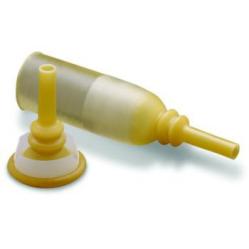A new market research report released at the end of 2014 found that the worldwide market for all types of catheters will increase to nearly $43 billion by 2020. This would represent a growth rate (compounded annually) of 7.5% from 2014-20, according to Allied Market Research.
Experts believe that the increased use of catheters is growing because of higher demand for minimally invasive procedures. Also, there are growing levels of cardiovascular disease, type 2 diabetes and various urinary disorders. Many of the diagnostic methods for identifying such health problems involve the heavy use of catheters.
Cardiovascular Catheters
Research shows that cardiovascular catheters comprise the majority of the catheters on the market – about 40%. Some of the cardiovascular catheters available include:

- Electrophysiology Catheters
- PTCA (Percutaneous Transluminal Coronary Angioplasty) Balloon Catheters
- Intravascular Ultrasound (IVUS)
- Percutaneous Transluminal Angioplasty (PTA Balloons)
- Guiding Catheters
- Angiography Catheters
- Pulmonary Artery Catheters
Urological Catheters
Other than cardiovascular catheters other types of catheters that will increase in demand in coming years are Foley catheters. They are flexible tubes inserted into the bladder to drain urine. Most often, Foley catheters are used for long term catheterization.
One of our popular types of Foley catheter is the Cardinal Dover Foley Catheter, Standard Tip, 17”, 5cc Balloon.
Another type of urological catheter is the external catheter, which is made for men only and is worn on the penis, similar to a condom. A external catheter is safer than catheters that are inserted in the body.
The report also notes that various types of urological supplies should see higher demand, such as leg bag straps, catheter holders, drain valves and thumb clamps.
Other types that will see soaring demand are intravenous catheters, neurovascular catheters, and also specialty catheters to drain wounds.